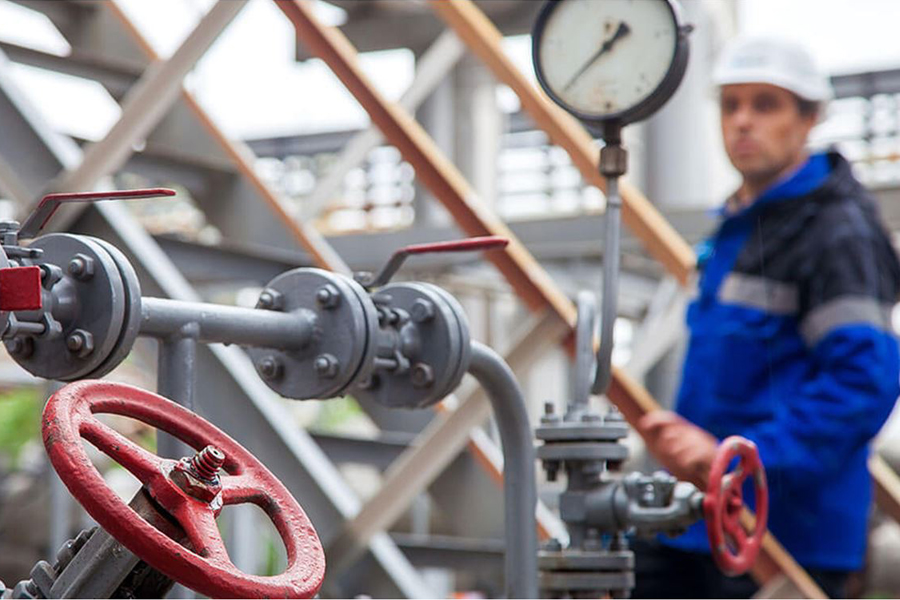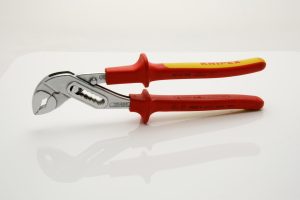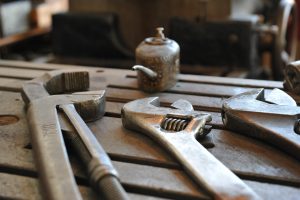Is the concept of backflow new to you? Then you’re in luck because we’re here to shed some light. For some, you might be wondering, what exactly is backflow? Simply put: This is when water or air flows in the reverse direction of where it was originally supposed to.
In the plumbing world, this is an undesirable scenario as it can be a serious health risk if left unattended. That’s why we took the liberty to discuss it as well as how to prevent it by giving you detailed information on backflow testing.
Backflow testing involves testing the effectiveness of the internal components of the devices used to prevent backflow in piping systems.

WHAT CAUSES BACKFLOW?
Water is designed to flow in a specific direction—from the distribution source to the consumer. However, certain factors may cause cross connections. This occurs when water from a potable source mixes with contaminated water. To prevent this water contamination, a backflow device must be installed in the pipes. Below we’ll discuss the main causes of backflow:
- Back Pressure: This happens when there is a higher water pressure in the pipes that forces contaminated water into a public water system.
- Back Siphonage: In this instance, the pressure in the tank is lower than the water system’s pressure. As a result, contaminated water can be pulled into the system. This usually occurs if there’s a leak in the piping system causing water pressure from the tap dropping lower than the pressure in the system.
BACKFLOW PREVENTION TESTING
It’s clear from the above that this can prove to be fatal if not dealt with. That’s why it’s important to regularly test these devices to avoid contamination and ensure quality drinking water always. However there a couple of backflow prevention requirements you must bear in mind. We’ll discuss them by answering the following questions.
HOW OFTEN MUST THIS TESTING OCCUR?
As they say: Prevention is better than cure. That is why it’s recommended for these tests to be conducted annually.
HOW LONG DOES IT TAKE TO TEST?
The duration of the test will depend on the device being tested. It can take anything between 10 and 30 minutes.
IS WATER TURNED OFF DURING TEST?
It’s impossible to test the devices without first turning off the water.
HOW MUCH DOES IT COST?
Wondering what the backflow prevention testing cost is? The price varies depending on location—approximately between $5 and $75.
What you must know is the cheaper tests may just be as effective as the more expensive tests. However, companies which offer the steeper testing options may provide some extra services worth considering such as the following:
- Cleaning the system if the initial test fails
- Minor repairs
- Conduct re-tests if the backflow device doesn’t pass the initial test
- Winterizing your sprinkler system
WHAT HAPPENS DURING A BACKFLOW TEST?
The following happens during a backflow prevention test:
- Assemblies are pressurized
- Each part is checked to see if it’s operating at acceptable levels
- To pass the test, the check valves must hold a minimum pressure
- Relief valves must open before a certain pressure level is reached
- If the devices don’t meet these requirements, repairs need to be done
WHICH DEVICES ARE CHECKED DURING A BACKFLOW TEST?
PRESSURE VACUUM BREAKER (PVB)
Looking for an inexpensive option to prevent backflow? This is the most common type of backflow prevention system because of its affordability. Also, it’s easy to install and maintain because of its simple design. It works by providing protection against backflow or back siphoning.
It features a check valve which allows water through and keeps the air inlet closed during normal conditions. If the air pressure happens to increase, the vented chamber opens and breaks the suction effect of the low pressure to prevent backflow.
DOUBLE CHECK VALVES
These valves are also designed to prevent back pressure and back siphonage. They’re best suited for indoor or underground piping installations and can be used in the following:
- Lawn irrigation
- Fire sprinklers
- Boiler systems
This system consists of two check valves which are designed to reduce the differing air pressures to allow for a more reliable seal. Because of this seal minor leakages are prevented.
REDUCED PRESSURE ZONE (RPZ)
Here you use a device known as an RPZ valve. You basically install it onto your plumbing system. It works by protecting your drinking water from any contaminants. When there’s a drop in water pressure, the RPZ valve inserted will open thereby dumping the water out as opposed to letting it flow into the water supply.
These are specifically necessary if the building has the following systems as this is where back pressures are most likely to occur:
- Fire suppression system: In this instance water usually remains stagnant for prolonged periods. As a result, this leads to a build up in bacteria which will contaminate the water.
- Boilers: Works the same way as the fire systems.
- Irrigation system: Pesticides and fertilizers are crucial for a successful harvest. Unfortunately, contaminants from these products can enter the irrigation system when sprayed.
CONCLUSION
It’s clear from the above that backflow testing is non-negotiable. This way you’re always guaranteed to have safe drinking water which is free from harmful substances.
Now that you have all the information, when are you scheduling your next backflow test?





